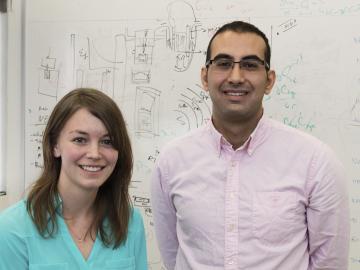Filter News
Area of Research
News Type
Date
Media Contacts
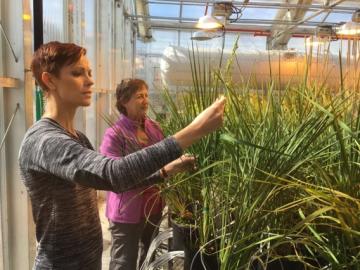
Livestock may soon be getting more nutrition from forage feed thanks to an invention from the BioEnergy Science Center at Oak Ridge National Laboratory and partners at the University of Tennessee and West Virginia University. Working with a population of poplar trees, the scientis...

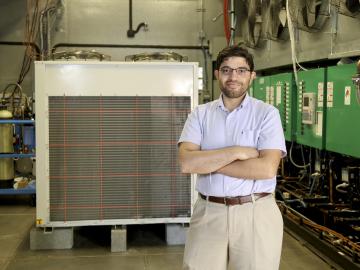
As a graduate student at the University of Maryland, Omar Abdelaziz took a class in an unfamiliar topic: sustainable energy. It was a choice that would change the path of his life and career. Ten years later, Abdelaziz’ passion for healthy ecosystems and his hands-on work around ...
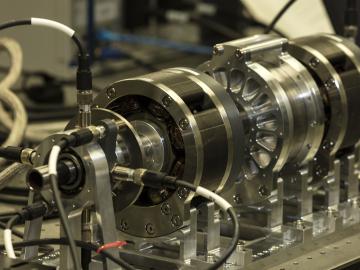
When it comes to a challenging application for embedded instrumentation and control, none quite beats an environment of molten salt at 700 degrees Celsius. But that is just the application chosen by scientists at the US Department of Energy’s Oak Ridge National Laboratory...
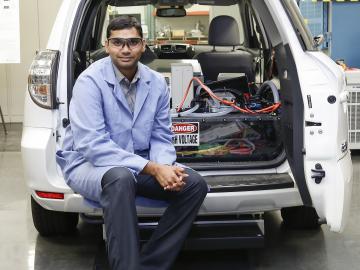
While trying to decide on an area of technical study as an undergraduate, Madhu Chinthavali visited labs at his college in India. One particular lab where an electrical engineer had devised various motor controls caught his eye. "It wasn't the motor that drew my attention," Ma...
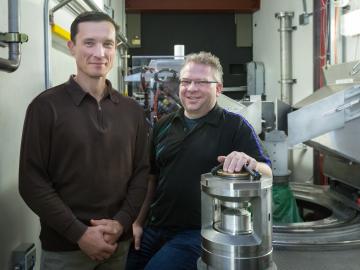
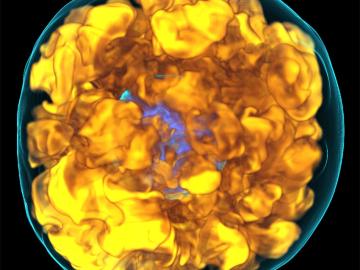
The U.S. Department of Energy’s Office of Science announced 55 projects with high potential for accelerating discovery through its Innovative and Novel Computational Impact on Theory and Experiment (INCITE) program. These awards allocate the multi-petascale computing resources at Argonne and Oak Ridge National Laboratories, two of America’s most powerful supercomputers dedicated to open science.
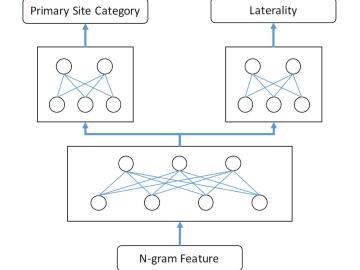
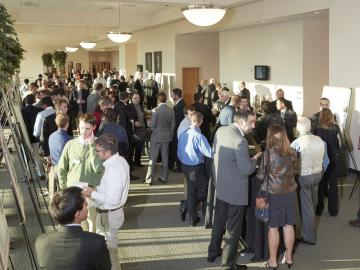
Renewed interest in molten salt technology was evident at a recent gathering of advanced nuclear reactor experts at the US Department of Energy’s (DOE’s) Oak Ridge National Laboratory (ORNL). Nearly 200 attendees from national labs, industry, utilities, reactor design firms,...
